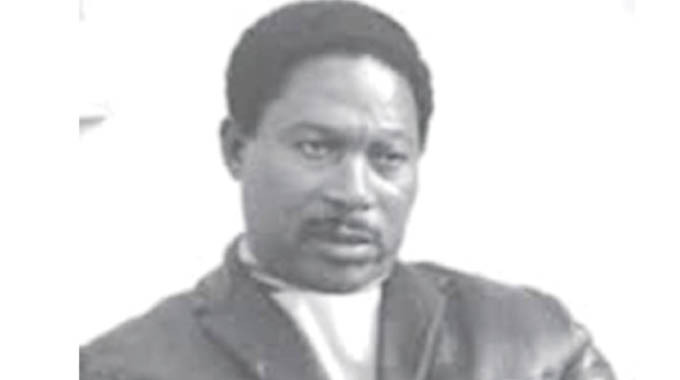
KADOMA Central MP Fani Phiri has underscored the need for various stakeholders to address prevailing gender imbalances and promote the participation of women in all sectors of the economy.
by Own Correspondent Phiri made the remarks while officiating during Kadoma’s 50/50 Gender Parity Campaign at Rimuka Hall yesterday held under the theme A Strong Post 2015 Agenda.
He said while the country’s new Constitution contained provisions to spur women to positions of influence, a lot still needed to be done to ensure it became a reality.

“Gender equality being one of the founding values and principles of the new Constitution, we have adopted the women quota system, first used in 2013, which has seen 60 seats reserved for women.
“This has resulted in an increase in the number of female parliamentarians,” Phiri said.
“While women constitute at least half of the membership of all commissions and other elective and appointed governmental bodies established by or under the Constitution or an Act of Parliament, practical measures should be taken to ensure they access resources, including land, on the basis of equality to men.”
He reiterated the need to rectify gender discrimination and imbalances caused by past practices and policies.
- Chamisa under fire over US$120K donation
- Mavhunga puts DeMbare into Chibuku quarterfinals
- Pension funds bet on Cabora Bassa oilfields
- Councils defy govt fire tender directive
Keep Reading
Zimbabwe still lags behind in attaining gender parity in many spheres, Phiri said.
He noted female enrolment at tertiary institutions increased from 33% in 2006 to 41% last year, although the rise fell short of the Higher Education ministry’s targeted 50%.
The challenge was attributed to the high school dropout rate due to lack of fees, pregnancies and early marriages.
The Zimbabwe Demographic Health Survey, the MP further noted, indicates 37% of women compared to 62% of men were formally employed while a University of Zimbabwe survey revealed women constitute 18% of farm beneficiaries under A1 and 12% under A2 schemes, falling far short of the gender parity ideal.










